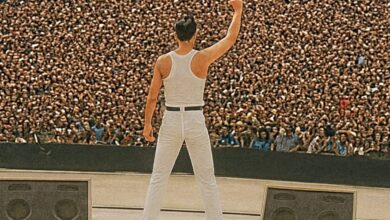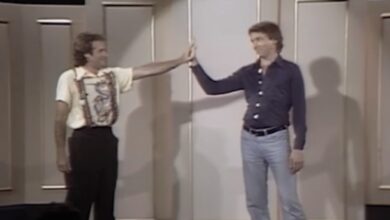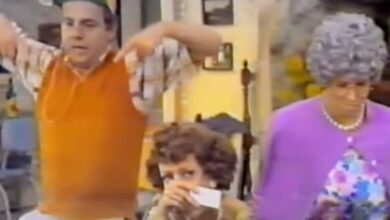Tom Petty & The Heartbreakers’ Super Bowl XLII Halftime Show
When Tom Petty & The Heartbreakers took the stage at Super Bowl XLII on February 3, 2008, they didn’t aim to overwhelm the crowd with visual spectacle or celebrity cameos. They came to do what they had always done best — deliver genuine, unfiltered rock and roll. In an era increasingly defined by theatrics, Petty’s performance cut through the noise with authenticity, proving that timeless craftsmanship can still captivate a global audience without a single explosion of pyrotechnics.
Super Bowl XLII unfolded at the University of Phoenix Stadium in Glendale, Arizona — a night destined for the history books as the underdog New York Giants toppled the undefeated New England Patriots in one of the most dramatic upsets in football. Yet, amid the tension and anticipation, the halftime show provided a collective breath of relief. As Petty and his band took their place center field, the energy in the stadium shifted; it became less about competition and more about connection, about the simple joy of hearing real musicians command a stage through pure talent.
In the wake of the 2004 “wardrobe malfunction” incident, the NFL had pivoted toward safer, legacy rock acts to restore credibility and trust. Tom Petty & The Heartbreakers were the embodiment of that decision. With a catalog spanning over thirty years and an unwavering commitment to musical integrity, Petty represented the kind of reliability and class the league wanted. There were no gimmicks, no controversy — just a man with a guitar and a band that understood what rock and roll truly meant.
Looking back, what made Tom Petty’s Super Bowl XLII Halftime Show unforgettable wasn’t its production value but its sincerity. The performance stood as a tribute to musicianship itself — a reminder that a song can move millions without lasers, dancers, or elaborate staging. Every note carried the weight of decades of artistry and experience, resonating with fans across generations.
After Petty’s passing in 2017, this performance took on even greater meaning. Fans returned to it not just as entertainment, but as a symbol of what he represented — an artist who never lost sight of his roots and who believed that music should speak for itself. Watching it now feels like opening a time capsule to an era when sincerity was enough to fill a stadium.
To this day, Tom Petty’s halftime show remains a masterclass in authenticity — proof that true rock and roll doesn’t fade, it endures.





